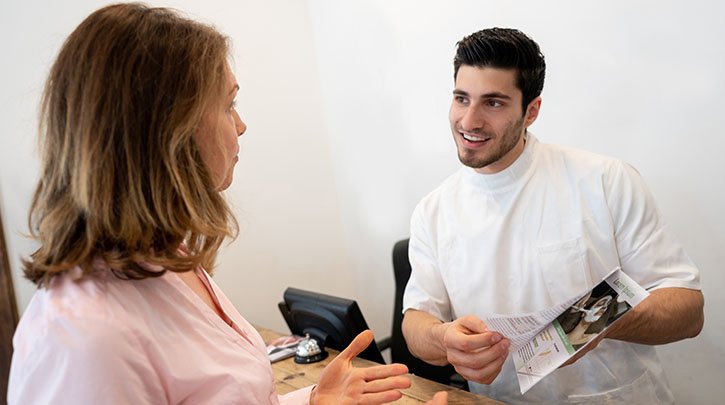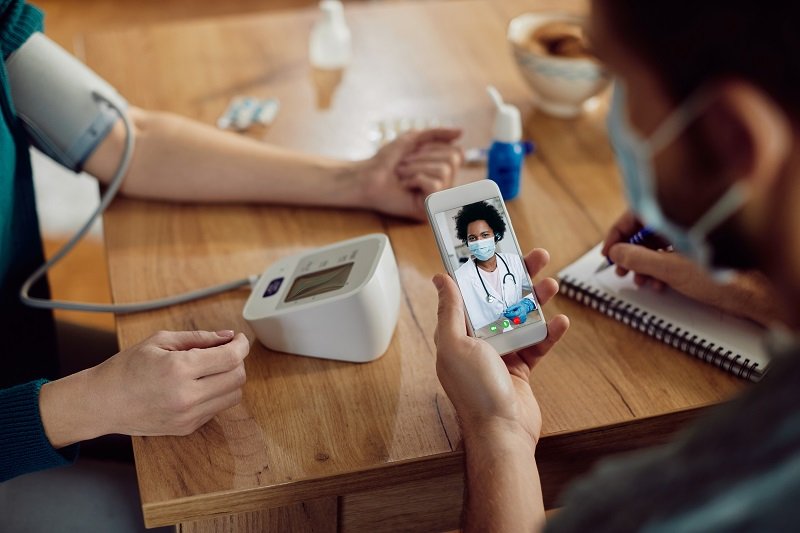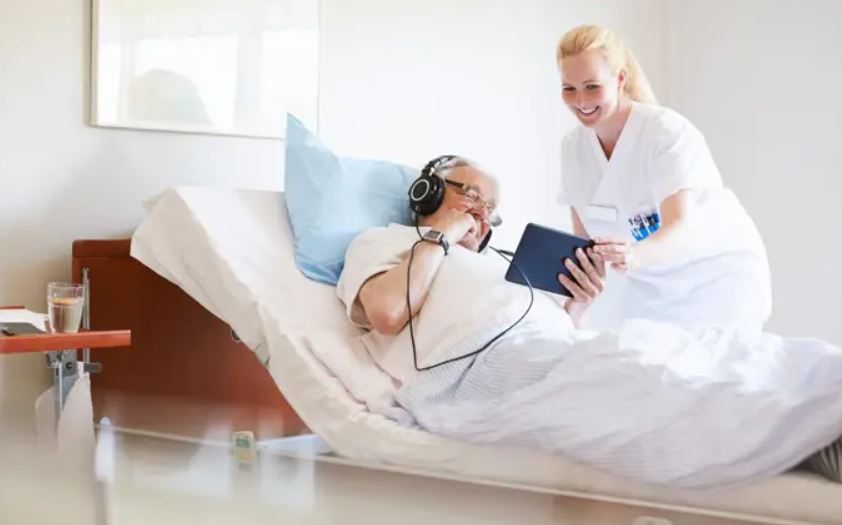Post-Treatment Care for Stem Cell Therapy
Ensuring optimal recovery and long-term benefits after your stem cell treatment with expert guidance and personalized care.
Trusted by patients from 20+ countries

Ensuring optimal recovery and long-term benefits after your stem cell treatment with expert guidance and personalized care.
Trusted by patients from 20+ countries

Proper post-treatment care is essential to maximize the effectiveness of stem cell therapy. It helps your body heal efficiently, reduces risks of complications, and ensures long-term benefits from your treatment.


Every patient receives a tailored post-treatment care plan designed to enhance recovery and support stem cell therapy outcomes. Our guidelines are structured to ensure safety, comfort, and optimal regenerative results.
Proper nutrition and lifestyle choices play a crucial role in supporting your body’s healing process after stem cell therapy. Following expert recommendations can enhance recovery and treatment outcomes.


Regular follow-ups with our medical team are essential to track your recovery, address any concerns promptly, and ensure the best possible outcome from your stem cell therapy.
We provide comprehensive resources and dedicated support to help you navigate your recovery journey with confidence. Stay informed and connected at every step of your post-treatment care.

Contact our expert care team for personalized guidance and support during your post-treatment phase. Let us help you achieve the best results from your stem cell therapy.
Trusted by patients from 20+ countries worldwide